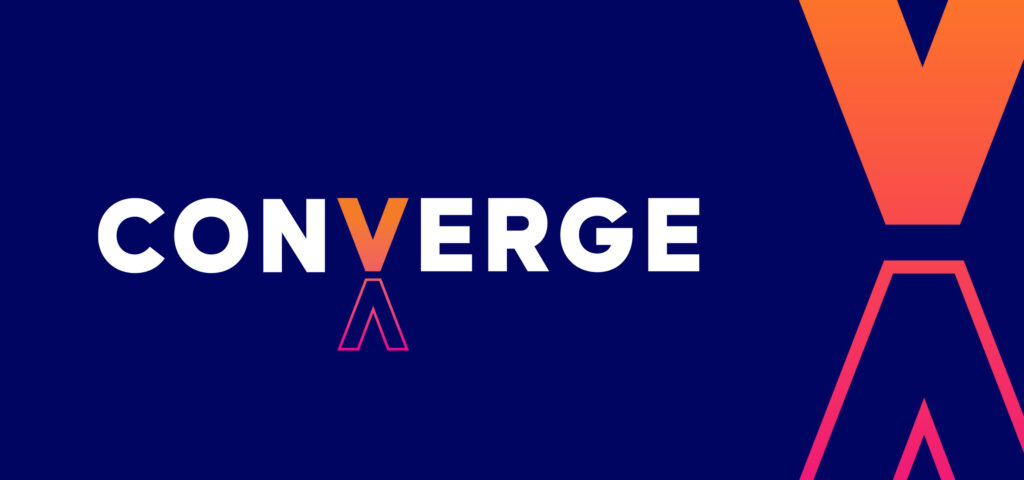Exploring the grid participation of Distributed Energy Resources within the Australian Capital Territory.

Project Overview
Duration: 2021 – 2023
Budget: 8.4 million
Contact: Laura Jones, Lead Analyst, Battery Storage and Grid Integration Program, ANU. Email: laura.jones@anu.edu.au
Partners: ARENA, ACT Government, Evoenergy, and Zepben.
Webinar: Pushing the envelope: latest research from tech trial revealed (12 -1pm 26 March 2024)
Watch the recording here.
View the slides here.
About Converge
Following on from the success of the ARENA-funded evolve project, the ANU Battery Storage and Grid Integration Program and partners will be demonstrating the next step to dynamic operating envelopes, called ‘shaped operating envelopes’ in the ACT-based Converge project.
As more and more Distributed Energy Resources (DER) enter the electricity system, in particular the millions of rooftop solar assets across Australia, congestion management is a major issue for electricity networks. Shaped operating envelopes not only allow more DER to safely enter the system without breaching thermal and voltage limits, but also supports greater integration and market participation of DER.
“We know that rooftop solar is a valuable asset that can provide a range of benefits to customers and network operators,” said Andrew Fraser, Head of Engagement, Standards and Regulation at the ANU Battery Storage and Grid Integration Program. “Through this project we aim to demonstrate the next step in smart software technology. We will do this by demonstrating how shaped operating envelopes can let DER get the most out of the grid. With Shaped Operating Envelopes we can do things like enabling community energy batteries to increase the amount of solar exports, or increasing the amount of energy a virtual power plant can provide into the energy system.
“As with evolve, the software we develop will be open sourced, effectively allowing the knowledge that our research produces to be shared nationally and internationally with other Distribution Network Service Providers and utility companies,” said Andrew.
In keeping with the Battery Storage and Grid Integration Program’s techno-economic-social approach, Converge will also include a comprehensive social science research investigation to better understand the perspectives of end use electricity customers and market participants operating in the high-uptake DER energy system, that is the current Australian electricity system.
“The old paradigm was to design energy technologies without consideration of social impacts or public values,” said Hedda Ransan-Cooper, Leader, Social Science Research, Battery Storage and Grid Integration Program. “The energy sector increasingly realises that this can lead to unintended negative impacts, or that users will simply not participate in ways they had imagined. This project builds on our broader research agenda around understanding how public values such as ‘efficiency’ ‘fairness’ ‘environmental stewardship and ‘reliability’ can be integrated into technology design,” said Hedda.
The project emerged from a Memorandum of Understanding between the ACT Government and Australian Energy Market Operator (AEMO) to develop a national technology sandbox for testing new capabilities for supporting the integration and market participation of DER.
Reports:
Converge project final ARENA knowledge sharing report. March 2024.
Trial of shaped operating envelopes. Final technical knowledge sharing report. March 2024.
Converge project final ARENA social science report. March 2024.
Social science report 1: intermediary insights on dynamic and shaped operating envelopes. May 2023
Shaped Operating Envelopes: technical design and implementation report. February 2023
Find out more:
- ARENA press release
- ARENA website
- Evoenergy press release
- Webinar recording: Introducing Converge featuring Shane Rattenbury, Minister for Water, Energy and Emissions Reduction, ACT.
Enter password: bX^99+7St*v1
Social research interviews
As part of our social research we engaged with householders:
The invitation letter sent to battery-owning households can be found here.
Householder presentations
